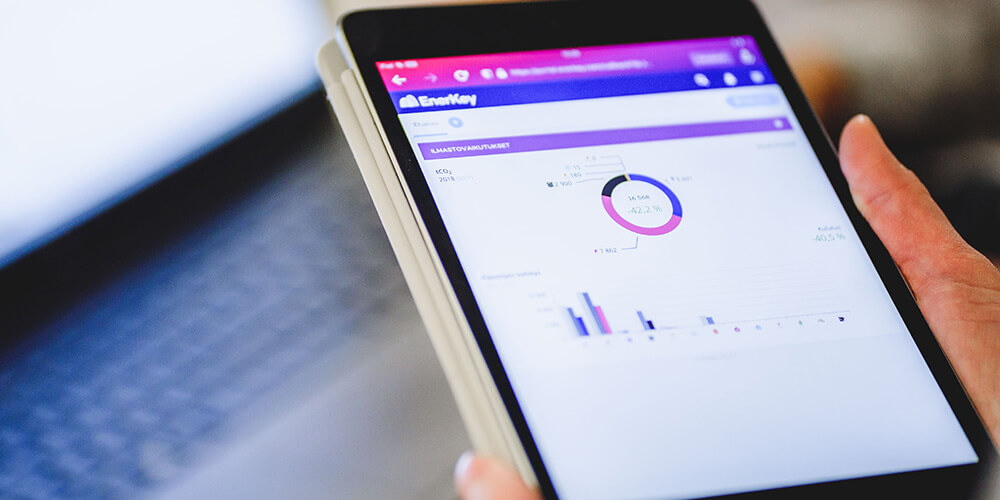
Denmark can save 10 percent of its energy consumption in buildings through better use of data and digitisation.
A new report from Synergi on energy savings in the public sector encourages public sector companies to disseminate and make better use of energy data.
“It's a good suggestion, because earlier this year, a report from TEKNIQ showed that approximately 40% of Denmark’s total energy consumption is used in buildings – the majority is spent on heating, lighting and ventilation,” says Rasmus Dalby Martinussen, Managing Director of EG Utility.
The final twist in the tale is that digitisation is also mentioned in all 13 of the government’s climate partnerships – so there is a point to all of this: Energy data, also known as carbon data, can accelerate the green transition, help us gain an overview of our consumption, and thus get us to consume less energy and use it smarter.
"We have a golden opportunity here in Denmark, as we have one of the world’s most digitised public sectors. So it's obvious for the public sector to be a frontrunner when it comes to using carbon data to make the green transition, as there are clear savings to be made, both financially and on energy usage, when you only consume what you need," says Rasmus Dalby Martinussen.
Despite being among the most digitised however, we are not best in class. Finns are actually ahead of the curve when it comes to translating data into energy savings.
"Earlier this year, when Finnish EnerKey became EG Enerkey, we got 65 new colleagues who are among the frontrunners in carbon data. EnerKey has helped the municipality in the city of Jyväskylä achieve actual energy savings, which in consumption would have cost the city’s residents over DKK 7 million and a big chunk of the carbon account. Instead, this money can be spent on improvements and services for the city's residents," says Rasmus Dalby Martinussen:
"This proves that software can help us get better at reducing our consumption. But without the right overview, we can't optimise where it makes a difference."
Here are his three tips for how digitisation can accelerate the green transition in the public sector:
Streamlining and reducing waste – digitisation in the public sector has always focused on reducing the consumption of resources. Further digitisation of the public sector will lead to lower resource consumption.
Overview and climate choice – software can create the overview many people are currently missing and ensure that the climate footprint gets considered in the decision-making process. As manufacturers and suppliers supply their products with data on its climate footprint, it becomes easier for the public sector to make carbon-reducing choices.
Reporting and documentation – it needs to be easy to have data available and make action plans for what you're going to do to reduce your energy consumption, report and measure your climate footprint. We are already seeing a demand for this, and it's clear that this is something that means more and more to citizens.
About SYNERGI
SYNERGI is an interest organisation that works to ensure that Denmark reduces its energy waste – in industry, in public and public buildings and in Danish homes.
Read their report, Active Energy Efficiency
About EG EnerKey
With the Sustainability & Energy Management system, EG EnerKey, you can automatically identify consumption and emissions, as well as the potential for energy savings in public and private companies based on real-time monitoring and analysis of consumption data using artificial intelligence and machine learning.
Read more about energy savings in the public sector with EG EnerKey